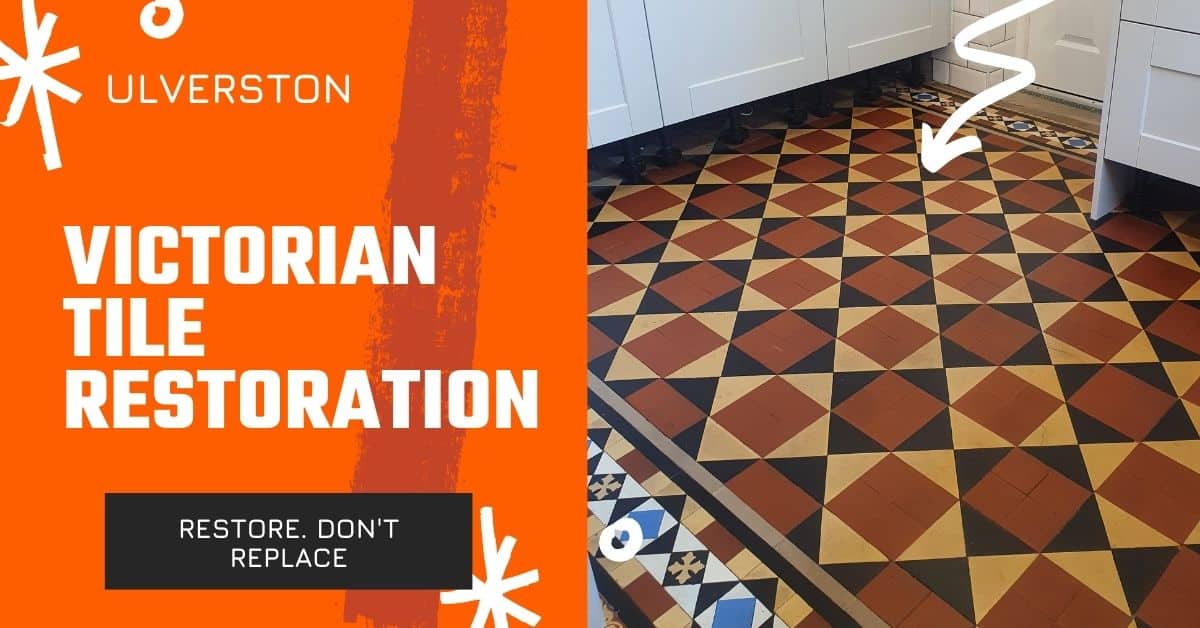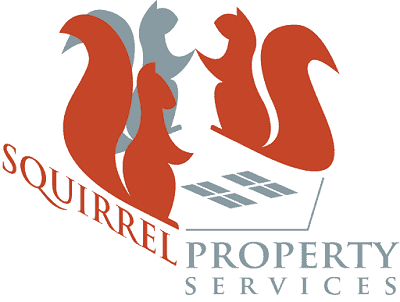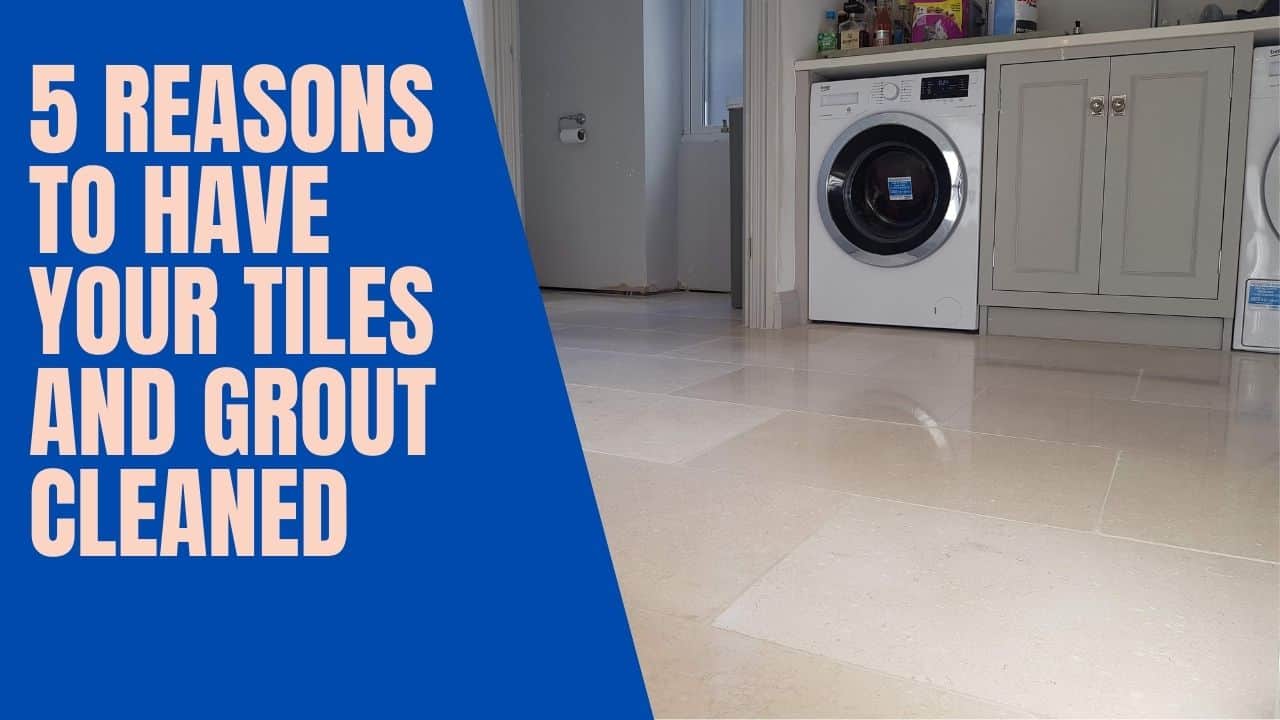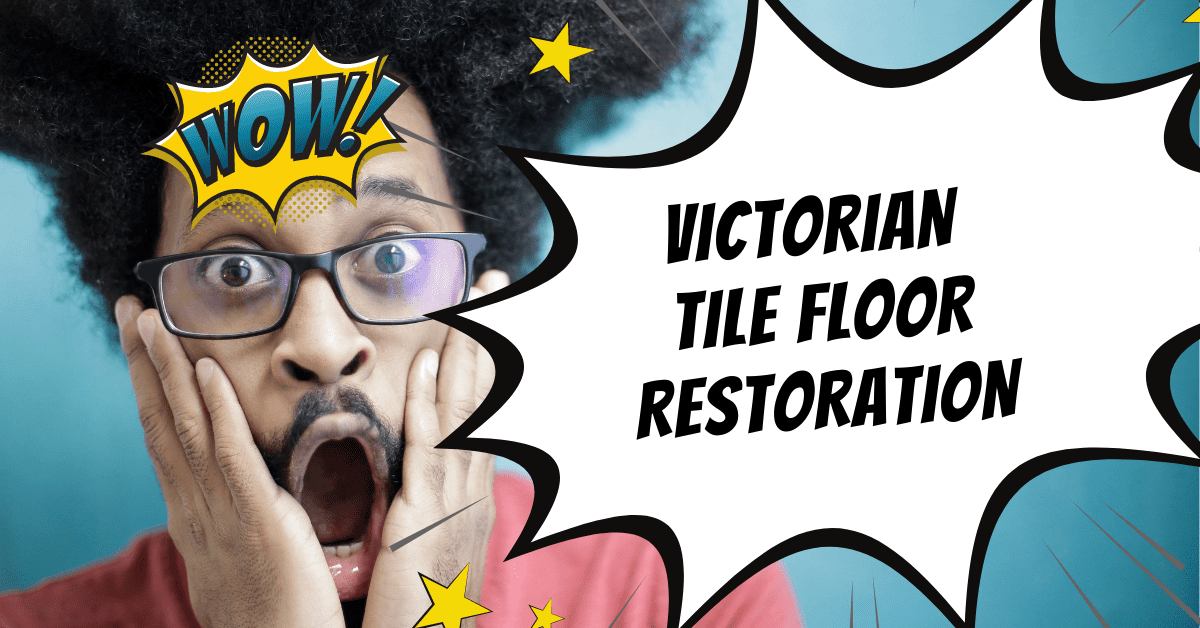
Victorian Tile Restoration | Ulverston
John from Ulverston got in touch about our Victorian tile restoration service. I arranged a home survey appointment for him. This let me see the tiles and gave him a chance to ask questions about the overall process of the tile restoration service.


